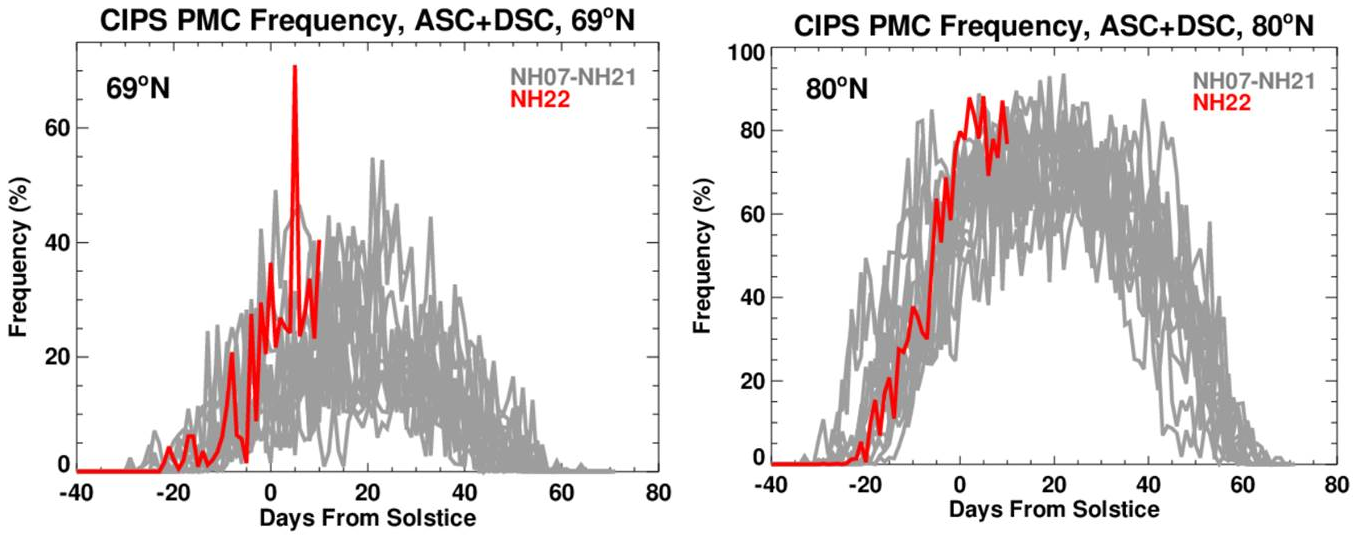Look up ...This morning, sky watchers in Europe woke up to some of the brightest noctilucent clouds (NLCs) in years. "The clouds were amazingly bright and remained very evident deep into dawn," reports Daniel Fischer, who sends this picture from Bochum, Germany:
 The clouds didn't stop there. They spread south across Europe, backlighting the Eiffel Tower and completely filling skies in places where, normally, NLCs are confined to a thin band near the horizon
The clouds didn't stop there. They spread south across Europe, backlighting the Eiffel Tower and completely filling skies in places where, normally, NLCs are confined to a thin band near the horizonEarly July is usually a good time to see NLCs in the northern hemisphere, but this July is exceptional. Looking down on Earth's north pole, NASA's AIM spacecraft is seeing some of the strongest NLC activity in 15 years
This season appears to be a strong one throughout the polar region," says Cora Randall, a professor at the University of Colorado Boulder. "In fact, although day-to-day variability is substantial, on July 2nd AIM measured higher cloud frequencies at 69N latitude than in any other year since the spacecraft was launched."

Water vapor from rocket exhaust may be boosting the clouds to near-record levels. The spike in the 69° plot, in particular, is suspected to be a result of SpaceX's launch of the Globalstar satellite on June 19th. It is well known that the pace of rocket launches has been increasing. In the month of June 2022 alone there were 16 launches that added water to the upper atmosphere. The link between rockets and NLCs is an area of active research.
As July unfolds, NLCs have spilled far beyond the poles. Last night's sightings in Paris confirm that they are well into the mid-latitudes. Look for the clouds, ripply and electric-blue, just after sunset.
